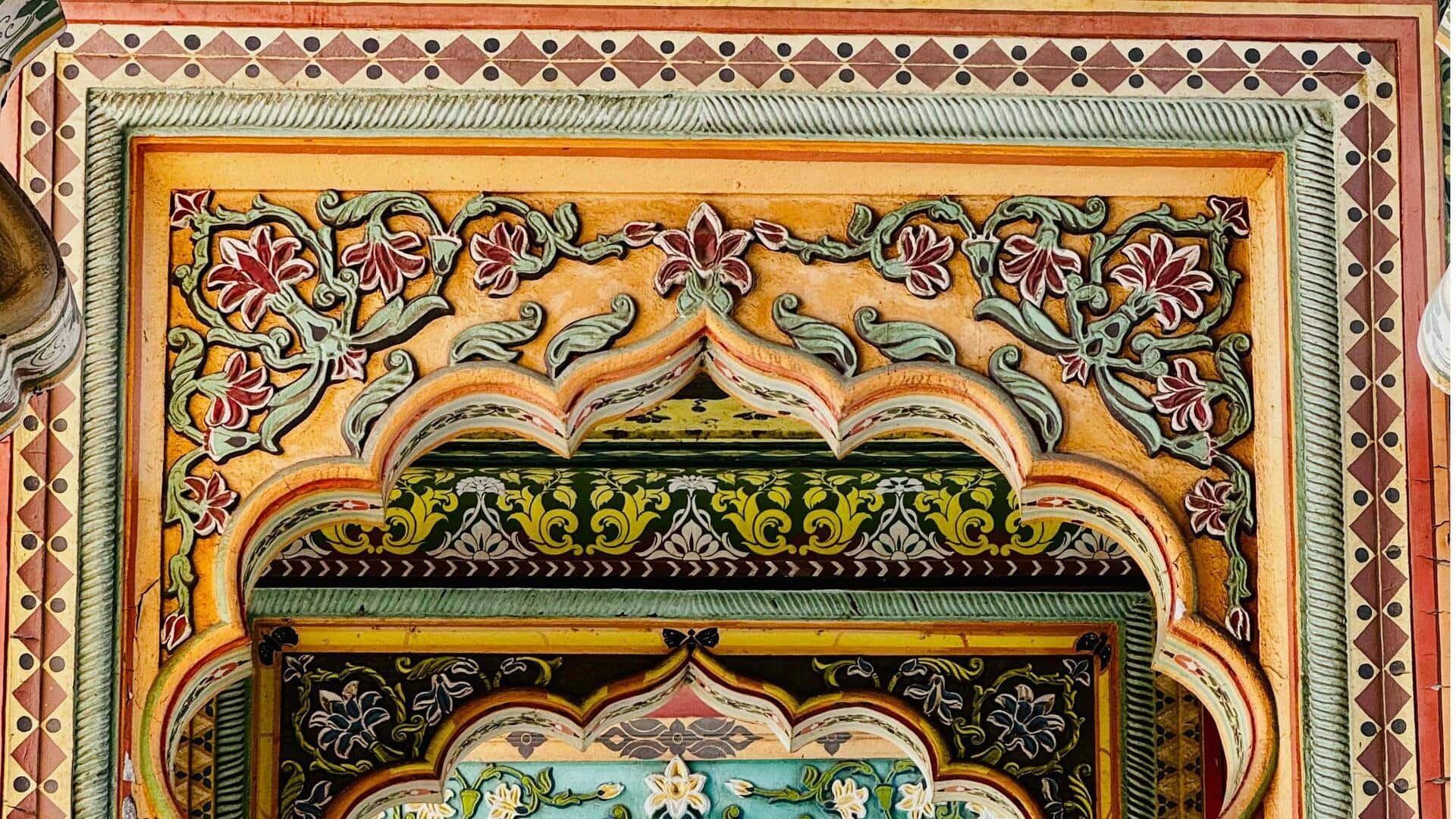
The beauty of mughal miniature paintings
What's the story
Mughal miniatures are a testament to India's rich artistic heritage. These tiny paintings, which flourished during the Mughal Empire, are known for their intricate details and vibrant colors. They depict historical events, court scenes, and nature with a unique style that combines Persian influences with Indian traditions. Today, these artworks are preserved in museums and collections across the world, showcasing the timeless beauty of this art form.
#1
Origins and historical significance
Mughal miniatures originated in the 16th century under Emperor Akbar's reign. They served as visual records of historical events and daily life in the Mughal courts. The paintings were created by skilled artisans who employed natural pigments to achieve vivid colors. This art form not only documented history but also reflected cultural exchanges between India and Persia.
#2
Techniques used in creation
The creation of Mughal miniatures involved meticulous techniques that required immense patience and precision. Artists used fine brushes made from squirrel hair to achieve detailed lines and textures. They also employed gold leaf to enhance certain elements of the painting, adding a touch of luxury to each piece. The use of light and shadow was crucial in creating depth within these small-scale artworks.
#3
Themes depicted in paintings
Mughal miniatures often depicted themes like courtly life, hunting scenes, portraits of emperors or nobles, and flora and fauna. Each painting told a story or captured a momentous occasion with incredible accuracy. The artists paid attention to every detail, from clothing patterns to facial expressions. These pieces are not just visually appealing but historically valuable.
#4
Preservation efforts today
Today, efforts are underway globally to preserve Mughal miniatures for future generations. Many institutions have dedicated programs focused on conservation techniques, ensuring these delicate artworks remain intact over time. Digital archiving has also become an essential tool, allowing wider access without physical handling, which could potentially damage these fragile pieces over time.